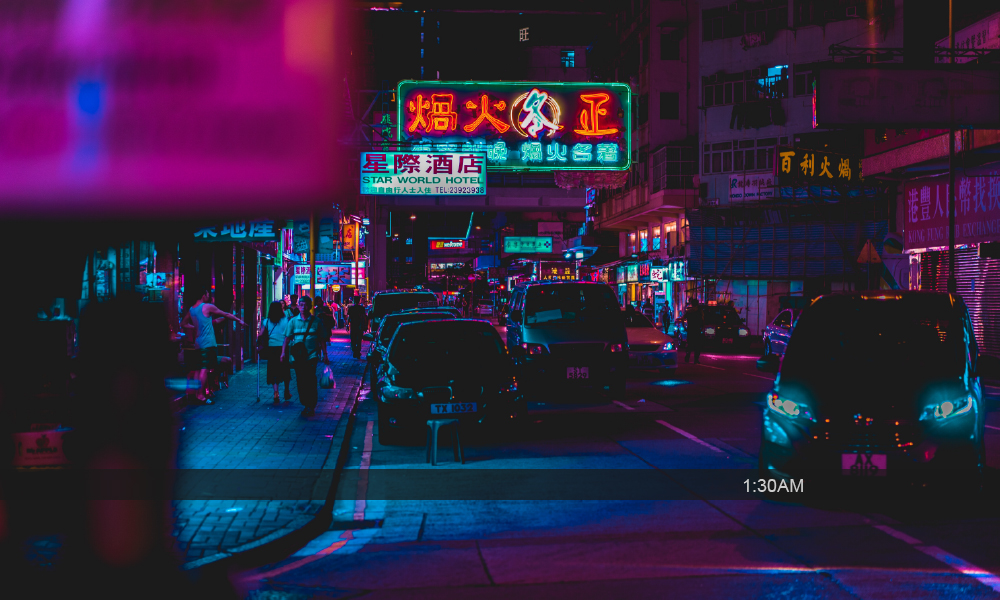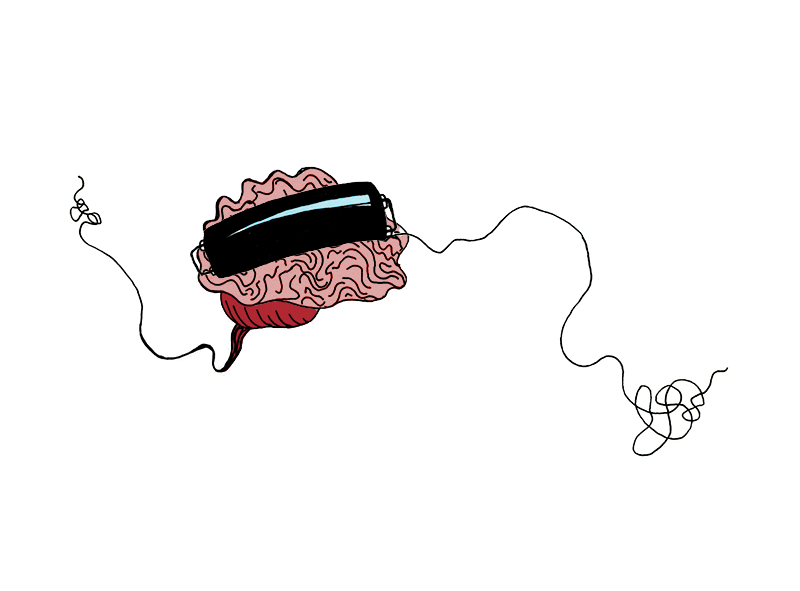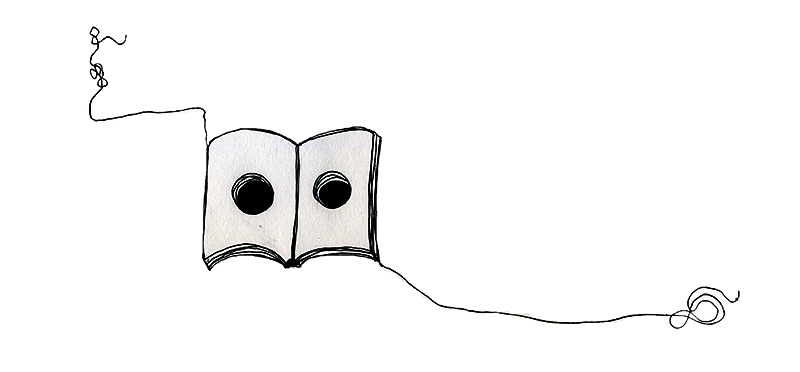Boubacar drives nights for Uber. Often, impatient customers scream at him and then leave trash behind as he ferries them between their office jobs in glassy towers and warmly-lit SoHo restaurants. They rarely tip. By day, he delivers food for a popular salad and sandwich chain, weaving his bike through Midtown traffic and making minimum wage. It’s better than the busboy and delivery jobs his friends have, where their employers underpay. And despite the hour-and-a-half commute, he sometimes enjoys being out in the rush of the city — unlike his wife who works the cash register at their local CVS. At least he doesn’t worry about her the way he worries about his sister, who cares for three children on the Upper East Side and is often asked last-minute to stay until late.
But, mostly, he worries about his kids, ages five and seven. He’s had to find a new delivery job every few months and is still never guaranteed hours. He’d been hoping to train to be a nurse, as he’d like to have a regular schedule, save for his kids’ education, and do work that feels good, but he knows he’ll never have the time. How will they learn to love soccer, or remember their native Senegal, if he’s never home to talk and play with them? And when they’re older, will their lively minds be overwhelmed by worry about rent and food for the next week?
In a world filled with anxiety like Boubacar’s, it’s no wonder that people are hungry for escape. In snatches of free time, we seek alternative worlds and narratives in TV and film and a sense of power and control through video games and, now, virtual reality. Ernest Cline’s cult novel Ready Player One presents perhaps the most believable imagination of a future of virtual lives built in reaction to material instability. Environmental disaster and the concentration of wealth have left most people living in sprawling shanty towns on the outskirts of urban centers, with few sources of income and little community. What they do have is an all-encompassing virtual world, which has its own moneyed class structure and monopolistic company control, but can also offer stimulation, education, and a sense of self to a kid with nothing to live for in his physical world.
While Cline is not alone among science fiction writers in presenting a plausible, if dystopian, future, today’s popular literature almost completely ignores the lived experience of people like Boubacar. If we want to understand the world we live in, we need narratives that bring us into the minds and emotions of real people grappling with that world. There’s still no technology better at that than literature. It’s only by imagining our way into the experiences of other people that we are able to imagine our way out of the world that begets those experiences.
Literary realism, though, cowers in the shadow of the much-vaunted realism of our day: virtual reality. Daydream, Google’s signature VR product, promises “incredible adventures” and the opportunity to “immerse yourself in new experiences.” Oculus is “making it possible to experience anything, anywhere, through the power of virtual reality.” In October, Mark Zuckerberg defended his tone-deaf virtual visit to flooded Puerto Rico — a promotion for the new VR app Facebook Spaces — by asserting that empathy is a powerful “feature” of VR and that he hoped to show “how VR can raise awareness and help us see what’s happening in different parts of the world.” VR offers experiences not readily available through physical reality, including the simulated experience of suffering. But its positive advocacy of new experiences makes it more adventure travel than understanding the lived reality of another person.
With contemporary literary as with virtual worlds, it is important to ask what we are trying to do in simulating our world or worlds that are not quite our world. Do we care to understand reality, as well as escape it? And how do understanding and escape go together?
Horace, the Roman lyric poet who lived at the beginning of the Roman Empire, claimed that art should both delight and instruct, and artists through the millennia have followed that injunction. In aspiring to, if not yet achieving, both, VR situates itself in the artistic tradition, and seeks to combine the immediacy of visual art with the immersion of literary narrative. That effort at combination isn’t, of course, new — it’s in many ways the current iteration of an evolution that began with photography and has moved through film, TV, and video games. Arguably, it has even deeper roots in popular theater.
To be able to bring all kinds of worlds alive visually, virtually, is incredibly powerful. We are entertained, educated, moved, and come away from these experiences influenced to see differently.
Recognizing that power, writers of fiction are mired in a decades-long crisis of self-faith, questioning the role of literature in a world awash in more immediately accessible, socially potent art. Sociologist Pierre Bourdieu’s answer in the 1980s was to use novels as a form of cultural capital, a way of distinguishing the lettered elite from the TV-hungry masses. A small group of “dirty realists” — Raymond Carver and Cormac McCarthy among them — offered an alternative in depictions of the undersides of ordinary American lives. But look at contemporary fiction: overwhelmingly written by educated cosmopolitans about the concerns and interactions of educated cosmopolitans and more about distinction than connection or transcendence. Bourdieu would be pleased.
The fiction of distinction represents a retreat from fiction about wider-reaching societies and politics and the daily labor at the center of it all. In many ways, it’s a practical retreat, a recognition of what fiction does best. If the arts of the screen have colonized the external world, fiction will cultivate the internal.
But literature must not separate the self from the universe. The activity and structures of the universe influence individual internal lives. And, as Plutarch observed, what we achieve inwardly affects outer reality. Jonathan Franzen and Adelle Waldman’s astute but dispassionate characterizations of self-obsessed individuals may delight those of us who recognize (and despise) their unoriginal men with unoriginal affairs. But they do not instruct. Rather than broadening our understanding, their writing cuts us off from others, recognizable and not.
We cannot afford to retreat into ourselves — we desperately need instruction and the imagination that it opens up. As economic conditions shift beneath our feet, some Americans find themselves with the rights to technologies that offer exponentially higher return to capital than anything that’s come before. And some find themselves, like Boubacar, in increasingly precarious jobs. What’s that like? How do the economic and social trends, and political ramifications, that we observe in a general sense affect emotions and minds? We need all kinds of art about that, but literature is particularly well-placed to help us grasp the internal effects of deep uncertainty about the central forces in people’s lives.
It takes work to get into the inner world of another person. And fiction guides us in that work. As writer Neil Gaiman puts it,
When you watch TV or see a film, you are looking at things happening to other people. Prose fiction is something you build up from 26 letters and a handful of punctuation marks, and you, and you alone, using your imagination, create a world and people it and look out through other eyes. You get to feel things, visit places and worlds you would never otherwise know. You learn that everyone else out there is a me, as well.
He, unlike Zuckerberg, is describing the cultivation of true empathy.
Empathy isn’t just important in itself. It’s also a spur to ideas of how things could be different. In this, fantasy and realism are partners. Fortunately, fantasy and science fiction are alive and well, conjuring up fundamentally different ways of meeting material needs, sources of fulfillment, and social relations. Gaiman gives us marginal worlds of belief and value hidden within our world. Iain Banks projects a dominant technology-enabled, post-scarcity economy and culture up against resistant cultures. Envisioning what comes after super-intelligent machines is a whole, burgeoning genre.
If fantasy and sci-fi give us extensions of, and alternatives to, the world as it exists, realism presents that world in detail, but often goes beyond the experience of the reader. Bound up with Western industrial development, realism burst on the literary scene with Emile Zola’s brutally detailed stories of 19th-century working-class Paris in upheaval. In the U.S., Upton Sinclair moved to Chicago to report on the stockyards for a Socialist weekly and took up novel-writing to gain a wider audience for the story he wanted to tell. Their kind of writing was important to the fight for improved working conditions and social reform that created the mid-20th-century Western middle class.
With its swan song in the 1980s, realism tracked the rise and decline of American industry, and so is largely absent from today’s fiction. That’s not to say that contemporary writers don’t present realistic characters or situations. Rather, they don’t attempt to capture the texture and detail of people’s economic and social conditions or to understand internal lives as bound up with those conditions. And that tremendous gap in representation keeps us readers from finding our way into the problems of our current structures, and of imagining our way out of them.
The exceptions, though, point in a transformative direction. Elena Ferrante took American readers by storm not just because of the vividness of Lenù and Lila’s struggles in themselves and with each other, but because she makes you feel the grit and weight of the poverty, violence, and male control which shape those struggles. Though set in the Camorra’s Naples, Ferrante’s stories have struck a chord with well-off Americans, especially women, through partial recognition and greater empathy. We see magnified our own internal and professional struggles for self-definition and control, and in seeing that, learn to imagine (even just a little bit) the lives of people different from us. If we well-off women see ourselves in Lenù and Lila, how much more might women living in poverty or with abusive partners? What is it in our society that makes for lives not fundamentally distinct from those in a patriarchal world of organized crime?
Aravind Adiga, too, evokes deeply entrenched structures in his realism of global industrial expansion. In telling the story of Balram, a landlord’s driver who ultimately breaks free of the “Rooster Coop” of trustworthy servants that’s “the basis for the entire Indian economy,” he brings us into the daily tasks and humiliations of the driver’s work and social position. Then, he points a dramatic way out. Balram is doing better than most from his world of rural villages where no jobs are to be had, but his ambitions catapult him into the alternate universe of limitless tech work. Adiga helps us feel the build-up of indignities, and glimpses of opportunity, in Balram so powerfully that when he kills his master, this reader understood. How else can Balram be the dignified human being he’s kept from being, by both caste and work, without completely destroying and remaking his world? If his anger speaks to us, might it help us understand the economic and social causes of anger in our own society?
Though caste-controlled India is more foreign to the educated American reader than Camorra-controlled Naples, both novelists give us a start for understanding the internal effects of structural unfreedom. That’s something we’d do well to understand as we move more and more into a service economy, with an increasingly large share of the working population doing work that consists in serving other people. Some of those service jobs are office-based and well-paid, as the value of helping clients choose and navigate technological products or invest their money is reflected in free snacks and cheerful working environs. Those jobs come with all the usual problems of bad bosses, but they allow people to live comfortably and build toward a future. The much more widespread service jobs in retail, transportation, restaurants, and hotels largely do not.
If individual freedom requires some basic ability to control one’s own life, how does the lack of external control affect individual internal lives? And how might the inability of so many individuals and families to look to the future affect our society as a whole? As psychologist Martin Seligman and writer John Tierney explain:
What best distinguishes our species is an ability that scientists are just beginning to appreciate: We contemplate the future. . . . Prospection enables us to become wise not just from our own experiences but also by learning from others. We are social animals like no others, living and working in very large groups of strangers, because we have jointly constructed the future.
It’s in this way that fantasy and realism are bound up with and depend on each other, for we need to see and reflect on the conditions around us in order to project ourselves into the future, to conceive of something different, maybe even better. And the vision of something different can teach us to see our world as it is.
Where’s the literature like Ferrante and Adiga’s for contemporary America? We need stories of individual minds and emotions as part of whole economic and political worlds. Maybe nothing would happen if we had novels that brought better-off readers into the lives of people who rush between minimum-wage jobs and still struggle to afford housing. After all, Sinclair’s descriptions of unsanitary meatpacking conditions made more of an impression than his descriptions of horrifying working conditions. “I aimed at the public’s heart,” he famously lamented, “and by accident I hit it in the stomach.” But maybe good realism would help people, with power and not, begin to more clearly identify the problems for us all in our socio-economic structures. And then, with the help of fantasy and science fiction, construct other ways of our living together.
Contemporary literary realism — the fiction of distinction — advances a self-enclosed space that neither coaxes the imagination deeper into our world nor presents it with an escape. VR presents more of an escape, but unlike good fantasy and sci-fi, it doesn’t require the work of discovering other internal worlds, so the escape is fleeting. Gaiman describes how when “trapped in an impossible situation” books can offer both a temporary escape and “give you knowledge about the world and your predicament, give you weapons, give you armor: real things you can take back into your prison. Skills and knowledge and tools you can use to escape for real.” Literary fantasy and virtual reality both have the power to help us escape for real the ways of living that bring economic struggle and instability to so many. But to imagine ourselves out, we also have to do the hard work of imagining ourselves into those lives, and for that we need truly expansive literary realism.
Palmer Luckey, founder of Oculus VR, said last year, “Once you have perfect virtual reality, what else are you supposed to perfect?” Boubacar and readers of his story would have lots of ideas. •
All images created by Emily Anderson.
Photo by Dan Gold on Unsplash.







